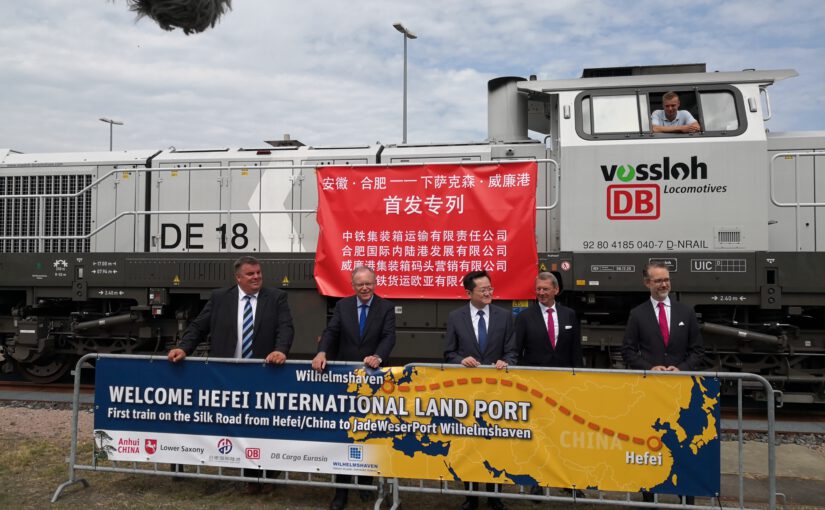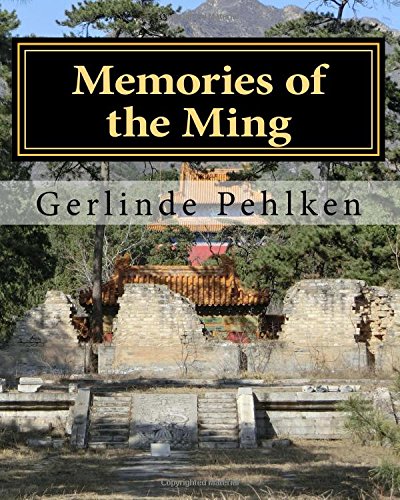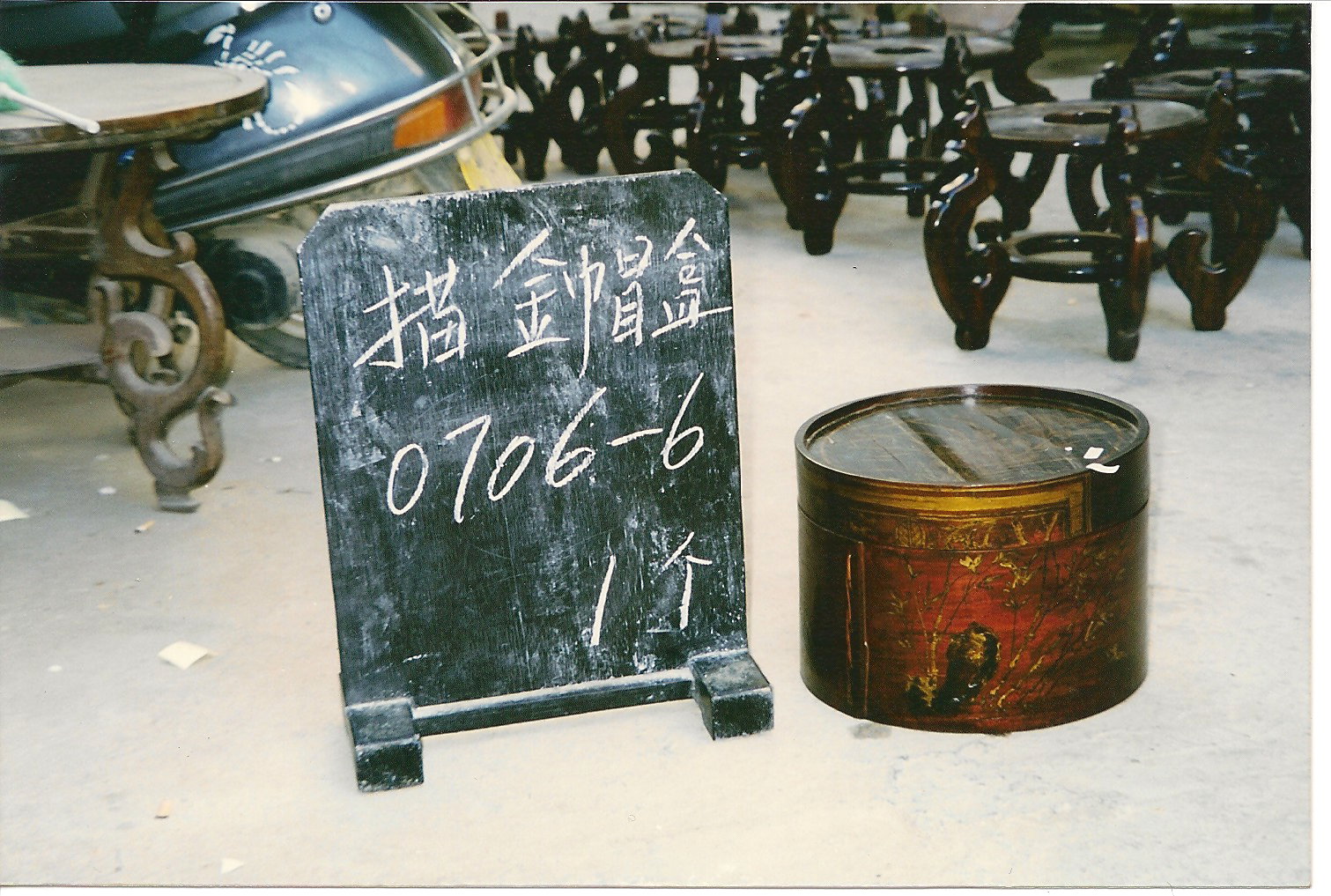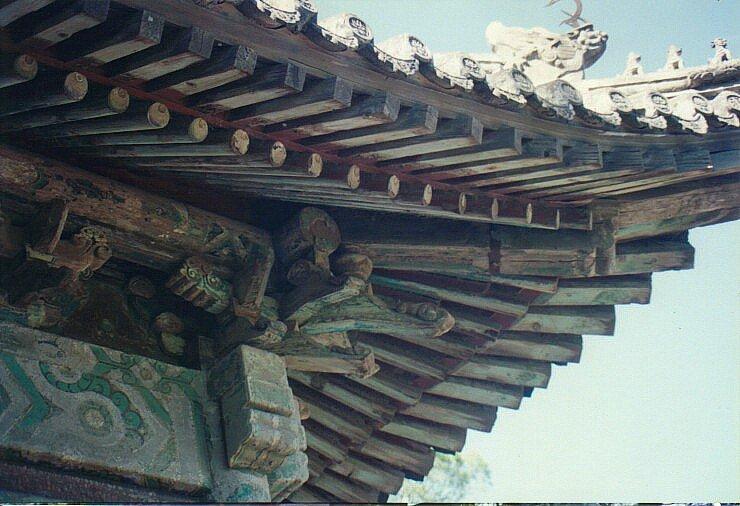Kategorie: English
-
Extending the Silk Road

The first direct freight train service connected China’s Hefei with Wilhelmshaven, Germany on 13 July 2021, concluding a 19-day journey. The new rail trade route is expected to play an important role in China’s „New Silk Road“ initiative. The train carried 120 TEU containers with retail goods, providing a faster…
-
The story of Imperial Judge Dr. jur. Georg Crusen and his villa Jiangsu Road No. 27
.jpg)
Copyright (text and photos) by Wang Dong, Qingdao In the heart of Qingdao’s historical and protected area, there is a century-old boulevard. During the German lease period, it was named Bismarck-Straße (now Jiangsu Road). As one of the earliest streets in Qingdao, the Jiangsu Road runs from the north to…
-
Memories of the Ming

I lived in Xisanqi, a district in the north of Beijing, between 1994 and 1998. Early on Chinese friends invited us to visit famous sight-seeing spots with us. We went to Badaling to see the Great Wall riding on top the mountain ridges, and in passing we also visited the…
-
Wild China; Beautiful China
From record-breaking growth rates to the smog of Beijing, China often makes the headlines for its economic rise and its environmental problems. But the country is rarely considered for its highest mountains, hot deserts, cold terrains, sceneries of outstanding natural beauty as well as plant and animal life on which…
-
Tempo of Time
Like each other old city in China, Beijing (北京) has one drum and one bell tower. They are situated at the northern end of the Zhongzhou road (中轴线); literally meaning: central axis of the inner city. Zhongzhou Road is not the name of any particular road; it refers to the…
-
Tsingtao Beer (青岛啤酒): A Story of a Century
Qingdao (青岛), the coastal port city of in the eastern Chinese province of Shandong (山东省), is sometimes referred to as ‘China’s Munich’. This nickname is not just down to the German-looking Prince Hotel on the city’s pier, the Bavarian-style castle where Chairman Mao (毛泽东 Máo Zédōnɡ) stayed in 1957 or…
-
Soundscapes of Handan (邯郸)
Culture Shock is defined as the feeling or perception of being in a place whose customs are far removed from those experienced at home. Reading up on a country prior to departure can do much to reduce the severity of the shock. The textual nature of travel guidebooks, absorbed with…
-
Living in Chinese Style

Chinese furniture has a long history. The earliest piece of furniture was found in a tomb from the late Warring States period (战国时期475 to 221 BC). Back then people knelt on mats, so the furniture was low and cater to a lifestyle in which people ate, slept and worked on…
-
Treatise on Architectural Methods

China’s history of architecture goes back centuries. The professions of architect, structural engineer and craftsmen was not as highly regarded as the Confucian scholar-official. So, little written knowledge about these trades has survived over the years. Architectural knowledge was mainly passed on orally, in many cases from a father to…
-
Smellscapes of China
A fragrance of jasmine flower wafts into my nose. I close my eyes and see blossoms in full bloom. It is spring-time, the time of prosperity. Then I open my eyes again and see a mountain of rubbish that is placed across the street. My new nose plugs which I…